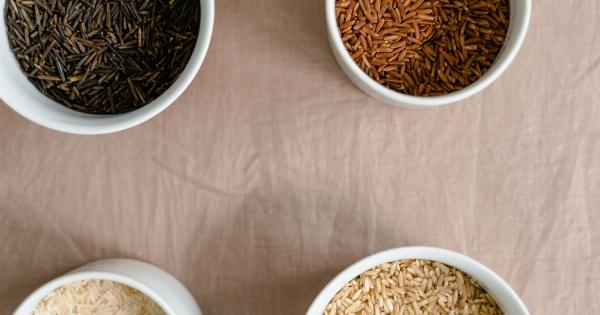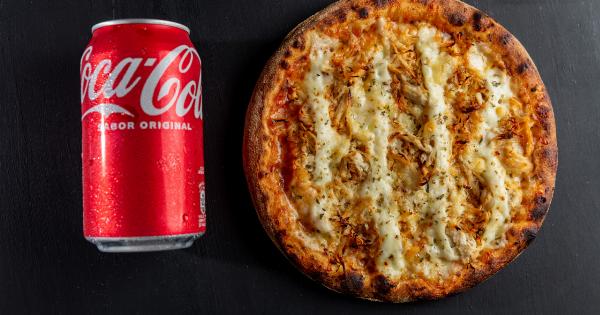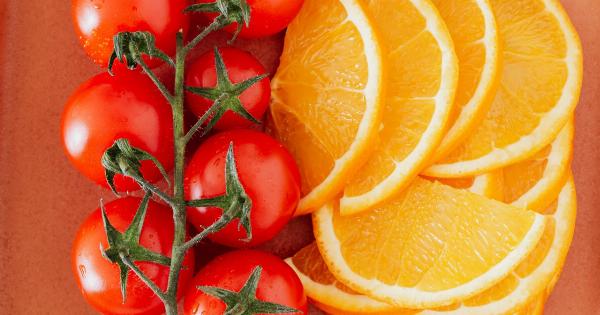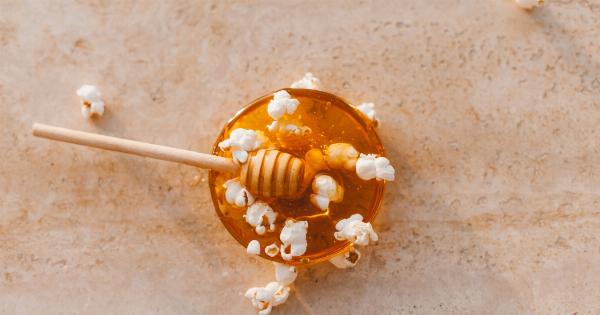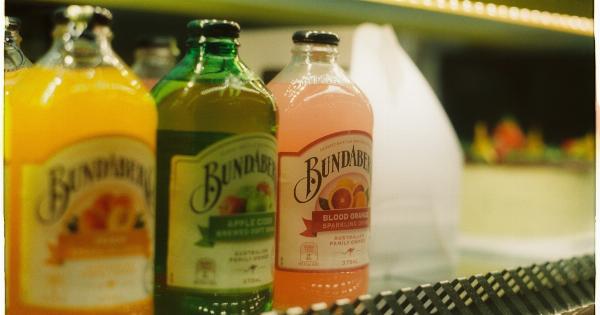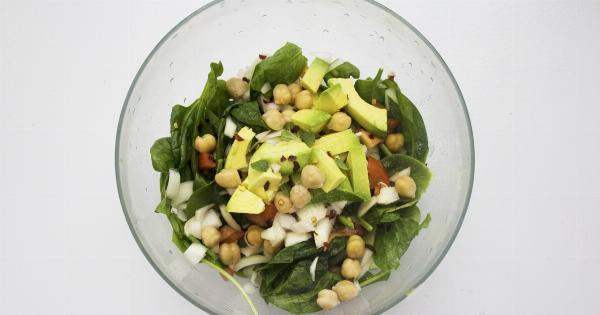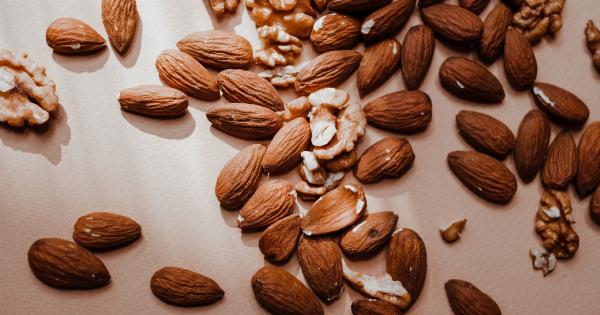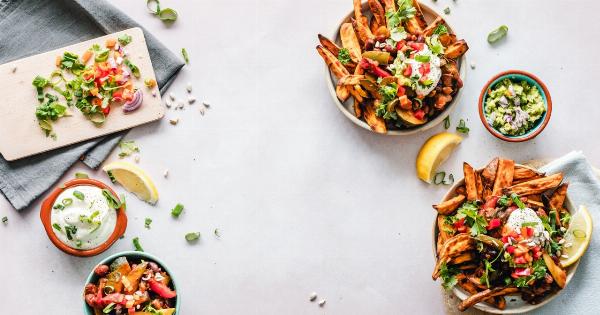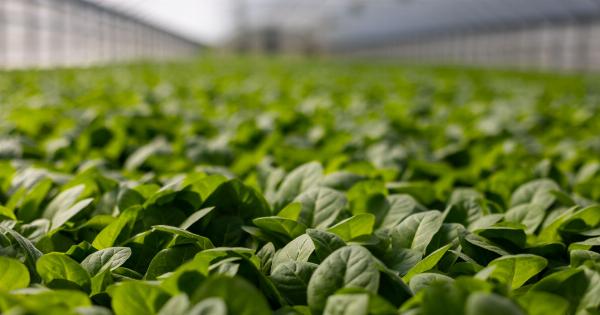The microwave oven has become an essential appliance in most household kitchens as it offers numerous benefits like convenience, speed, and ease of use.
However, there are still numerous concerns and questions raised related to the impact and effects of microwaving food on the nutritional value. There is still a general question of whether using a microwave oven is good or bad for your lunch and health. This article will explore whether microwaving food can affect the nutritional value of your lunch.
What Happens When You Microwave Your Lunch?
Microwaving works on the principle of high-frequency electromagnetic waves passing through your lunch and causing water molecules to vibrate. This vibration generates heat, which heats up your lunch.
The heat generated not only heats up your lunch but also decomposes some of the nutrients in your food, especially vitamins, and minerals.
When cooking food in a microwave, it is essential to use microwave-friendly utensils and containers to avoid the harmful effects of microwaving plastic or aluminum foil.
Microwaving in plastic containers may release harmful chemicals, while aluminum foil may cause fires or damage to the oven. Using the right utensils and containers ensures that microwaving your food is safe and does not alter the nutritional content of your lunch.
Effects of Microwaving on Nutritional Value
The big question remains, does microwaving affect the nutritional value of your lunch?.
There is a lot of debate among nutritionists and health experts on whether microwaving food reduces its nutritional value.
Nutritional loss is basically due to heat, which denatures the proteins, damages the vitamins and minerals, and changes the consistency and texture of food.
Studies have shown that microwaving your food can result in some nutrient loss, depending on the cooking time, frequency, and heating temperature.
Generally, heating food at high temperatures results in more nutrient degradation, leading to nutritional loss. However, this nutritional loss doesn’t mean that microwaving food is always bad and you need to avoid it completely.
Nutrients Affected By Microwaving
The nutrient content of your lunch can vary depending on the specific food you are microwaving. Some of the nutrients that are commonly affected by microwaving include:.
1. Vitamin C
Vitamin C is one of the most unstable nutrients as it is sensitive to heat, light, and exposure to air. Microwaving your lunch can result in vitamin C loss, especially if cooking at high temperatures or for long periods.
Foods that are high in vitamin C and commonly microwaved include broccoli, cauliflower, spinach, and citrus fruits.
2. Vitamin B12
Vitamin B12 is essential for nerve function, DNA, and red blood cell formation. Studies show that microwaving foods rich in Vitamin B12, such as meat, fish, dairy products, and eggs, can cause nutrient loss.
However, research indicates that microwaving does not result in a substantial B12 loss and that it is still safe to consume microwaved B12 food products.
3. Minerals
Microwaving can also affect minerals found in your lunch, such as magnesium, zinc, and iron. These minerals are essential for energy production, muscle function, and the immune system.
High-temperature microwaving is associated with a higher loss of minerals. Thus, it is necessary to adhere to the recommended cooking time and temperature.
How to Retain Nutritional Value When Microwaving Your Lunch
There are certain things you can do to make sure that your lunch retains its nutritional value when microwaving them. Here are a few things you can do:.
1. Don’t Overheat
Overheating your lunch not only alters the taste and texture but also reduces the nutritional value. Set the microwave to low or medium power settings and heat the food in 30-second increments to minimize nutrient loss.
2. Use Microwave-safe Containers
Using suitable microwave-safe containers will prevent the microwave from breaking down the food’s nutrients and ensure your safety.
When microwaving plastic containers, avoid those labeled with numbers three, six, or seven as they are not microwavable and may cause leaching of chemicals into the food.
3. Add Moisture
Microwaving can dry out your lunch, affecting its texture and nutritional value. To prevent this, add a little moisture to your food, like water or sauce, to keep the nutrients intact.
4. Choose the Right Foods
Certain foods retain their nutritional values when microwaved, such as vegetables, grains, and fruits. Foods that are highly fatty, oily, and proteinaceous tend to lose their nutritional value when microwaved.
Thus, you should choose the appropriate food items to ensure you retain as much nutritional value as possible in your lunch.
The Bottom Line
While microwaves have some effect on the nutritional value of your lunch, it does not mean that you should avoid them entirely.
With the right cooking temperature and time, and using the right containers, you can minimize the nutrient loss when microwaving your food. Overall, microwaving is still considered safe and is an effective and convenient way to cook your lunch.







